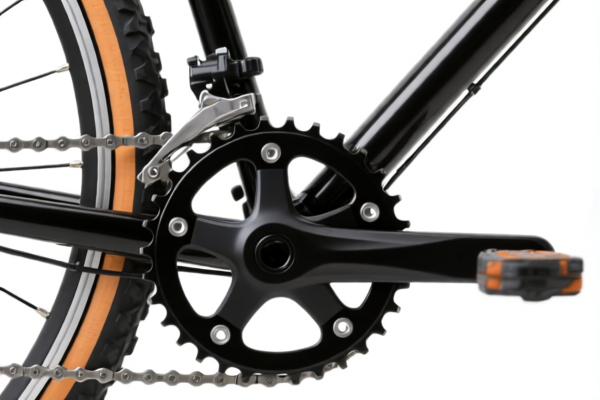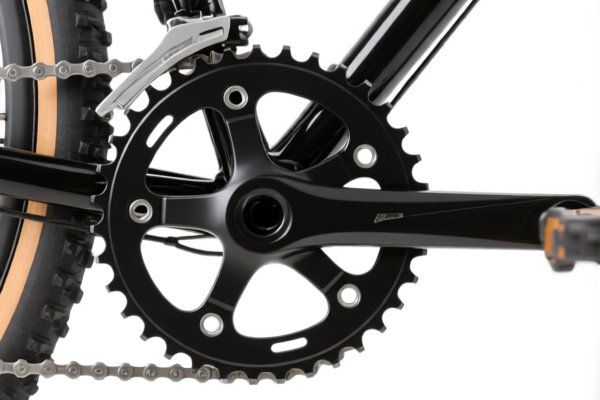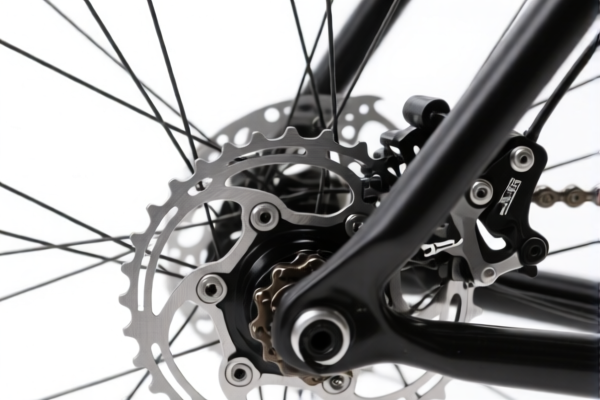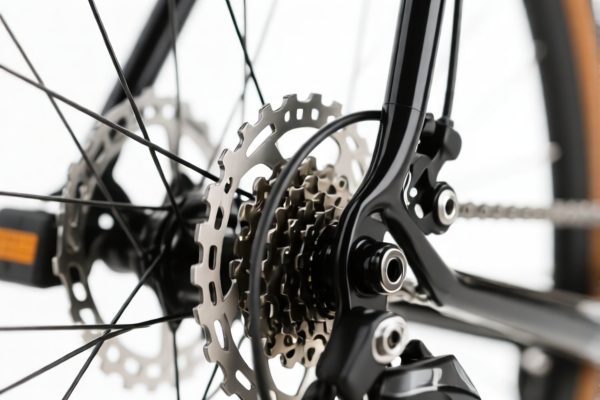| HS Code | Official Doc | Tariff Rate | Origin | Destination | Effective Date |
|---|---|---|---|---|---|
| 6310102030 | Doc | 37.5% | CN | US | 2025-05-12 |
| 6310902000 | Doc | 37.5% | CN | US | 2025-05-12 |
| 6305900000 | Doc | 43.7% | CN | US | 2025-05-12 |
| 6305390000 | Doc | 45.9% | CN | US | 2025-05-12 |
| 3926905900 | Doc | 57.4% | CN | US | 2025-05-12 |
| 3926909600 | Doc | 55.0% | CN | US | 2025-05-12 |
| 3916903000 | Doc | 61.5% | CN | US | 2025-05-12 |
| 3916902000 | Doc | 58.1% | CN | US | 2025-05-12 |




HS Code Classification for BICYCLE BINDING ROPE
Based on the provided reference data, here's a classification breakdown for "BICYCLE BINDING ROPE", along with relevant considerations:
1. 6310.10.20.30 – Used or new rags, scrap twine, cordage, rope and cables, and worn out articles of twine, cordage, rope or cables, of textile materials: Sorted: Other Other (37.5% Total Tax)
- 63: Textile articles, set up to be used for any purpose. This chapter broadly covers various textile products.
- 10: Twine, cordage, rope, cable, or articles thereof. This narrows down the category to specifically ropes and related items.
- 10: Sorted. This indicates the goods are sorted, which may apply if the ropes are bundled or categorized by type/quality.
- 20: Other. This is a further specification within sorted goods.
- 30: Other. This is a final specification within the "other" category.
- Applicability: If the bicycle binding rope is made of textile materials (e.g., cotton, nylon, polyester) and is considered a scrap or worn-out article, this HS code is a strong possibility.
2. 6310.90.20.00 – Used or new rags, scrap twine, cordage, rope and cables, and worn out articles of twine, cordage, rope or cables, of textile materials: Other: Other (37.5% Total Tax)
- 63: Textile articles, set up to be used for any purpose.
- 10: Twine, cordage, rope, cable, or articles thereof.
- 90: Other. This covers twine, cordage, rope, and cable not specifically classified elsewhere.
- 20: Other. This is a final specification within the "other" category.
- Applicability: If the rope is not sorted and is made of textile materials, this HS code is applicable.
3. 3926.90.59.00 – Other articles of plastics and articles of other materials of headings 3901 to 3914: Other: Belting and belts, for machinery: Containing textile fibers: Other: Other (57.4% Total Tax)
- 39: Plastics and articles thereof.
- 26: Other articles of plastics.
- 90: Other. This covers a wide range of plastic articles not specifically classified elsewhere.
- 59: Belting and belts, for machinery. This could apply if the rope is used as a component in machinery or has a specific industrial application.
- Applicability: If the rope is made of plastic containing textile fibers, this HS code is a possibility.
Important Considerations & Recommendations:
- Material Composition: The primary material of the rope is crucial. Is it predominantly textile (cotton, nylon, polyester), plastic (polypropylene, polyethylene), or a blend?
- Intended Use: While "bicycle binding rope" suggests a specific application, confirm if it's used for general binding or has a specialized function.
- Certification: Depending on the material and intended use, you may need to provide certifications regarding safety standards or material composition.
- 2025.4.2 Tariff Changes: Be aware that the addtional tariff will change on April 2, 2025.
- Single Invoice: Ensure the invoice clearly specifies the material composition, intended use, and quantity of the rope.
Disclaimer: This classification is based on the limited information provided and the reference data. It is recommended to consult with a qualified customs broker or relevant authority for a definitive classification based on the specific characteristics of your product.
Customer Reviews
This is the best resource I've found for HS Code 6305900000. The 43.7% tariff rate and classification details are perfect for my textile rope exports.
The material composition section helped me understand which HS Code to choose for my bicycle binding rope. I'll be using this info for my next shipment.
The section about the 2025 tariff changes was a real lifesaver. I had no idea that the rates would change on April 2, 2025.
The information on HS Code 3916903000 is good, but I wish the site had more examples of how to apply this for different types of ropes.
I was impressed with the detailed explanation of HS Code 3926905900. The 57.4% tariff rate is important for my plastic-based bicycle binding rope exports.